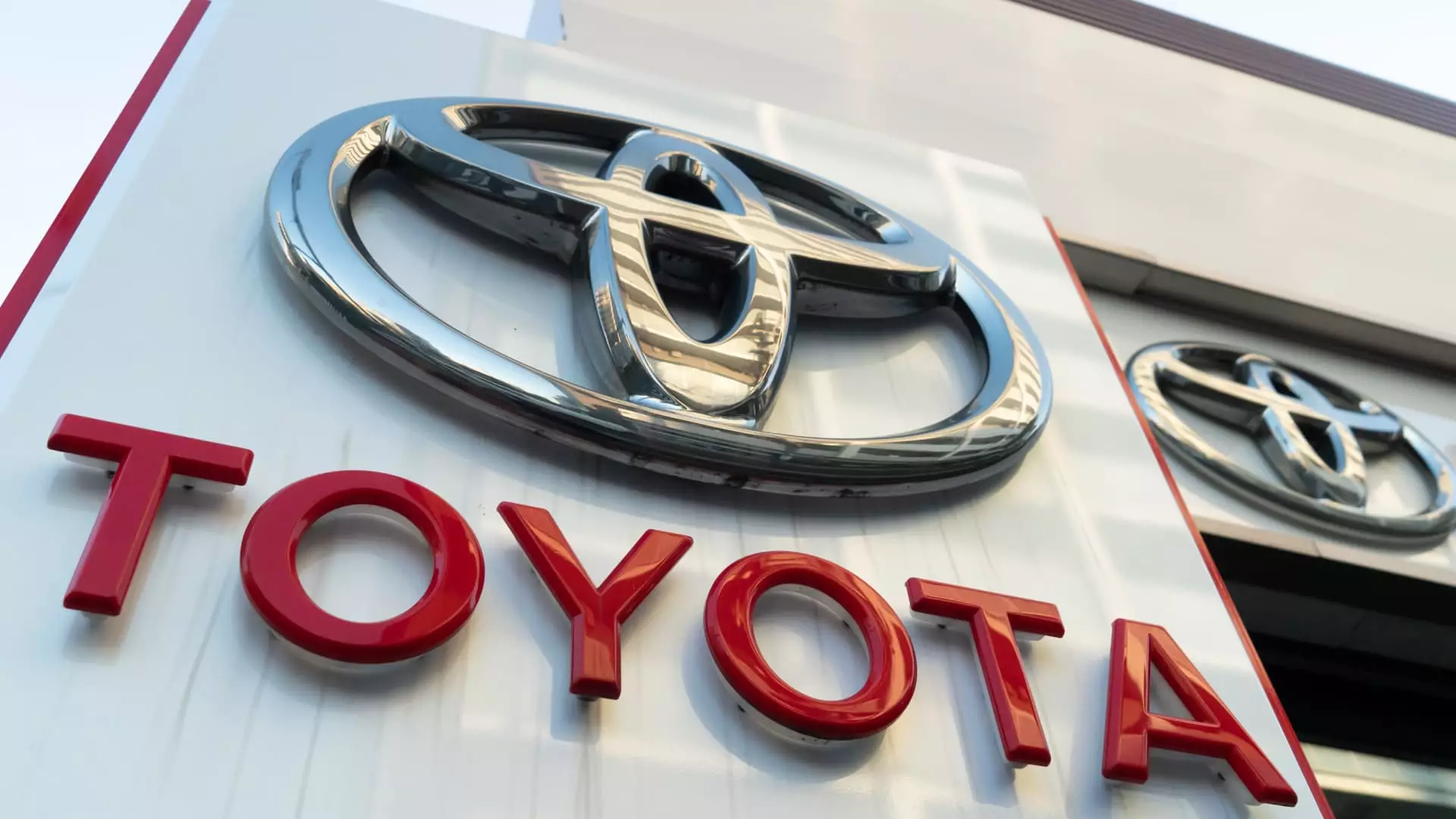In a recent statement that has sparked significant discussion in the automotive industry, Toyota Motor Corporation has raised urgent concerns over California’s ambitious electric vehicle (EV) mandates set to take effect next year. Jack Hollis, the chief operating officer of Toyota Motor North America, openly criticized the regulations as “impossible” to fulfill, suggesting that these mandates could ultimately restrict consumer choices in various states. Hollis’s comments underscore a growing sentiment among automakers that the transition to zero-emission vehicles in compliance with the California Air Resources Board’s (CARB) “Advanced Clean Cars II” regulations is fraught with challenges that extend beyond mere production capabilities.
The regulations in question demand that 35% of model-year 2026 vehicles be zero-emission, encompassing battery-electric vehicles, fuel cells, and some plug-in hybrids. However, Hollis indicates that not a single forecast—be it from governmental or private entities—has projected that the actual demand aligns with this target. The apprehensions expressed by Toyota’s executive reflect a broader industry concern that these regulatory expectations may create supply shortages or force manufacturers into awkward positions regarding vehicle offerings.
As of this year, data from J.D. Power paints a stark picture of EV adoption across various states, highlighting that no state currently meets the stringent EV sales proposals set forth by CARB. To contextualize, only California, Colorado, and Washington have achieved at least 20% EV or plug-in hybrid retail sales, with other states like New York and New Mexico lagging significantly behind, registering figures as low as 5% and 12%, respectively. The national average stands at a modest 9%. This discrepancy raises questions about the apparent gap between regulatory intentions and consumer demand.
In effect, these statistics indicate that the market is not quite ready for the sweeping mandates that CARB envisions for the near future. Hollis emphasizes that if these regulations remain unchanged, they may lead automotive manufacturers to engage in what he describes as “unnatural acts.” This reflects a scenario in which businesses might disproportionately supply certain regions with electric vehicles, leading to an unbalanced and distorted automotive marketplace. Such practices counteract the natural demand-driven approach that has historically governed the industry.
The implications of these looming EV mandates extend beyond mere production challenges; they also present a threat to the overall equilibrium of the automotive industry. By pushing automakers to adhere to aggressive electric vehicle sales targets, there exists a risk that manufacturers will prioritize regulatory compliance over consumer preferences, resulting in a limited selection of vehicles. Hollis argues that this situation could inadvertently disadvantage customers, as their choices would diminish in favor of meeting regulatory quotas.
Moreover, the automotive industry finds itself in a precarious position amid broader political and regulatory uncertainties. With the potential for significant shifts in governance and public policy—especially concerning how car emissions regulations are enforced—automakers like Toyota advocate for a unified national standard instead of a patchwork of state-specific rules. Hollis’s assertion that “a 50-state rule” would create a level playing field for all players in the automotive sector highlights a widely held sentiment among industry stakeholders that a cohesive regulatory framework is essential for sustainable growth.
Moving Towards Pragmatic Solutions
While the future for electric vehicles may appear uncertain due to regulatory challenges, industry leaders like Hollis remain cautiously optimistic. He expresses a desire for collaboration between various stakeholders—state authorities, the federal government, and the automotive sector—to craft regulations that are both achievable and aligned with market realities. This path forward would ideally foster an environment where innovation can thrive alongside sensible regulations, ultimately benefiting consumers through a wider array of choices in the automotive landscape.
The discourse surrounding California’s ambitious EV mandates serves as a microcosm of the broader conversation around the transition to sustainable vehicles. With a diverse array of opinions and dire warnings from industry leaders, it is clear that finding a balanced approach to environmental stewardship while keeping consumer interests at the forefront will be pivotal in shaping the future of the automotive sector in the United States. Ultimately, the way forward hinges on pragmatic solutions that recognize both the urgency of transitioning to cleaner vehicles and the realities of consumer demand.

